Western Masuria
OSTRÓDA.
The Pearl of Masuria
Ostróda is a beautiful city with as many as five lakes within its borders. Known as the “Pearl of Masuria” as well as the “summer capital of Masuria”, the city is surrounded by picturesque landscapes. The central part of Ostróda is Lake Drwęckie, into which flows the kayak-friendly Drwęca River, which is the longest water reserve in Poland.
Ostróda is famous for its cyclical events and positive attitude towards tourists. It is here where many events take place, such as the Ostróda Reggae Festival which for 20 years has been attended by crowds of fans of Jamaican rhythms from all over the world, and Days of Ostróda where the biggest stars of Polish music perform. It also regularly features the most popular cabarets and stand-up comedians, as well as many other events.
Population
Area
Granting of municipal rights
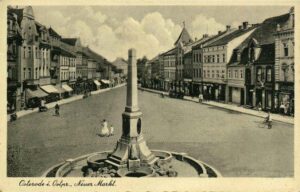
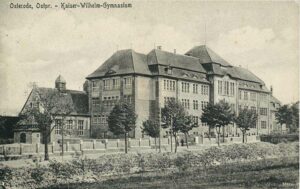

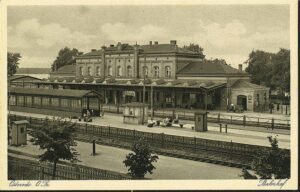
Attractions and monuments of
OSTRÓDA.
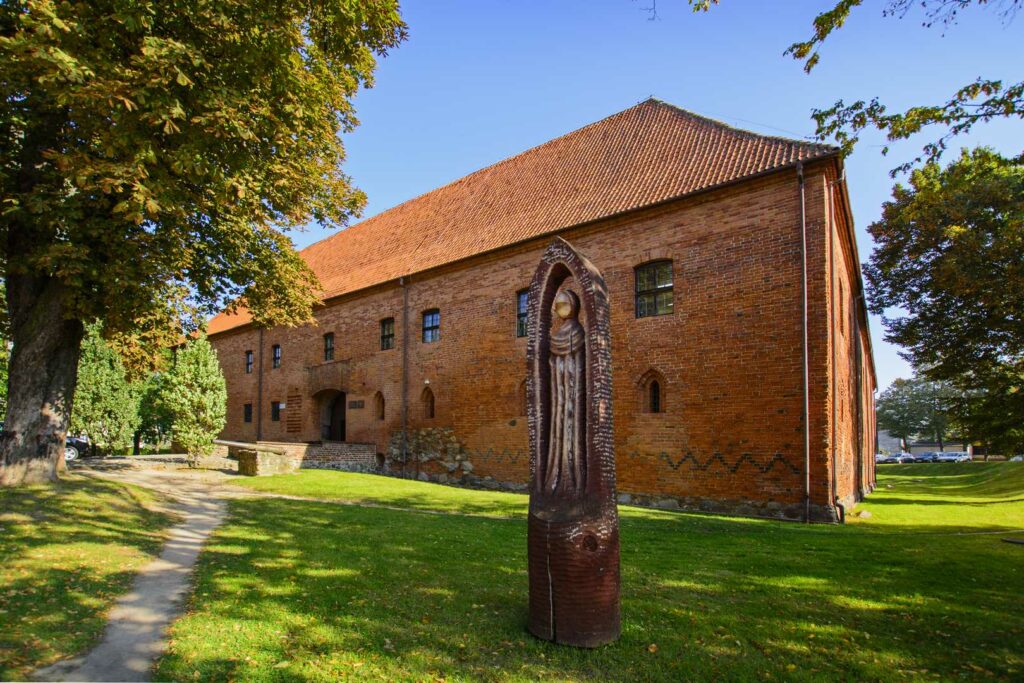
Teutonic Castle
Originally a wooden knights’ manor surrounded by a palisade, over time it was rebuilt into a brick castle in the mid-14th century by the commander Günter von Hohenstein. The castle had a separate defense system and was separated from the city by a moat and battlements.
After the Battle of Grunwald in 1410, the body of the Grand Master of the Teutonic Order, Ulrich Von Jungingen, was brought to the Ostróda Castle.
It was also the castle from which Emperor Napoleon Bonaparte ruled over Europe for nearly two months (from February 21 to April 1, 1807), commanding the armies and administering the empire.
During World War II, the castle suffered due to military operations, and after the liberation of the city in 1945, it was burned to the ground by the Red Army. In 1977, the castle reconstruction began and it was completed in 1996.
It now houses a library and a museum.
See on map
Attractions
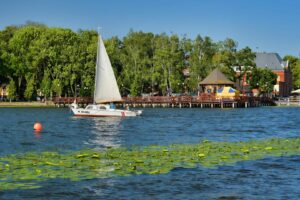
Lake Drwęckie
A lake with an area of 690 hectares and a depth of 22 meters. It features a Pier which is one of the largest inland piers in Poland. The lake is an ideal place for water sports. And thanks to the many surrounding forests with marked trails, Lake Drwęckie can be also admired from every shore.
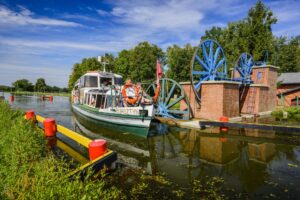
Tourist Cruises
From the city of Ostróda, you can go on many cruises on lakes or locks, which are organized by Żegluga Ostródzko-Elbląska. It is an interesting alternative for those who have already had a chance to sail on the slipways and want to relax amidst the beautiful landscapes of Ostróda.
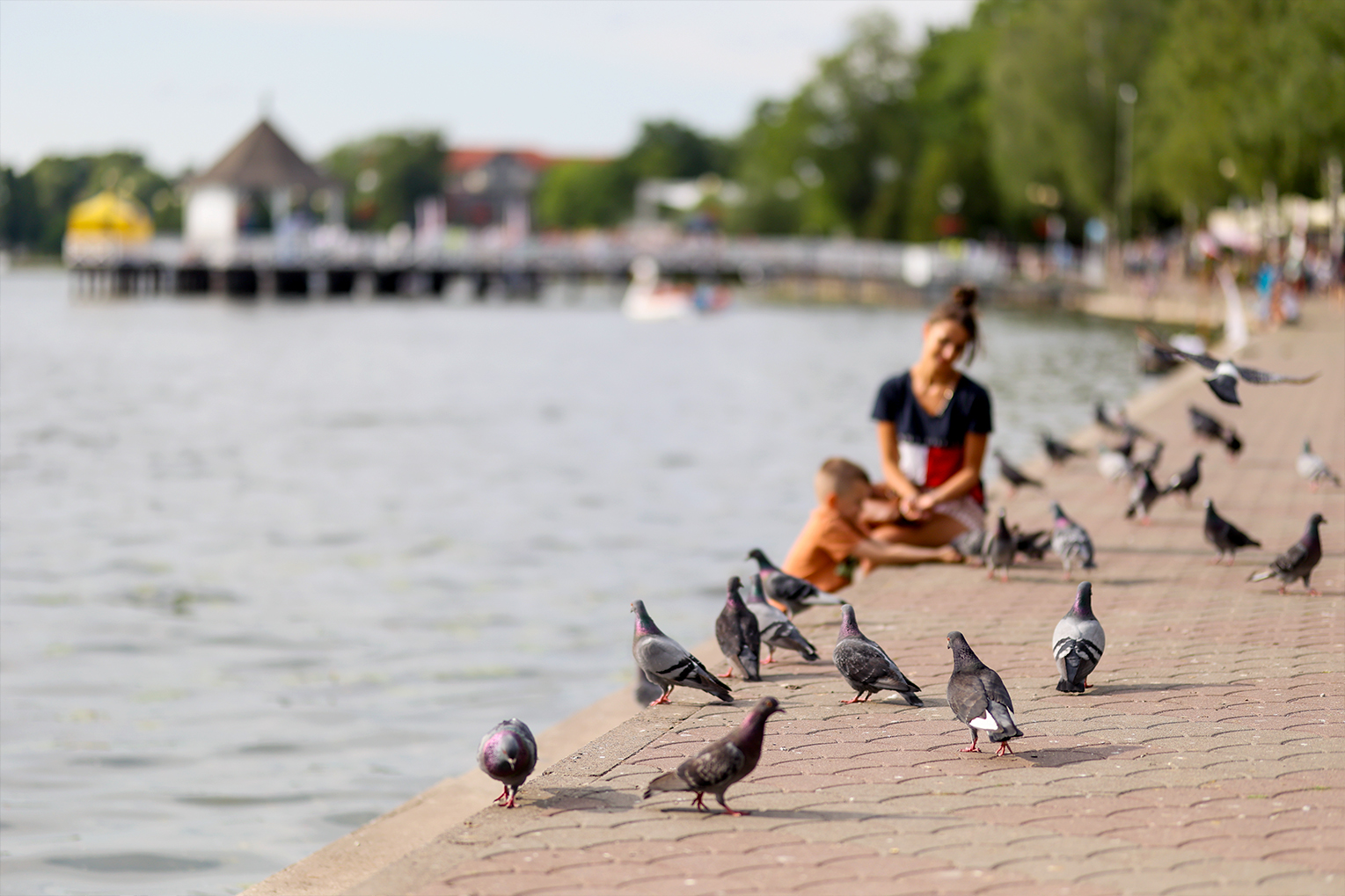
European Boulevard
At European Boulevard you can find lots of restaurants and a modern amphitheater which attracts big crowds during many of the different events in the summer. And for the fans of active leisure, there are hiking and cycling trails around Lake Drwęckie, the city and surrounding areas.
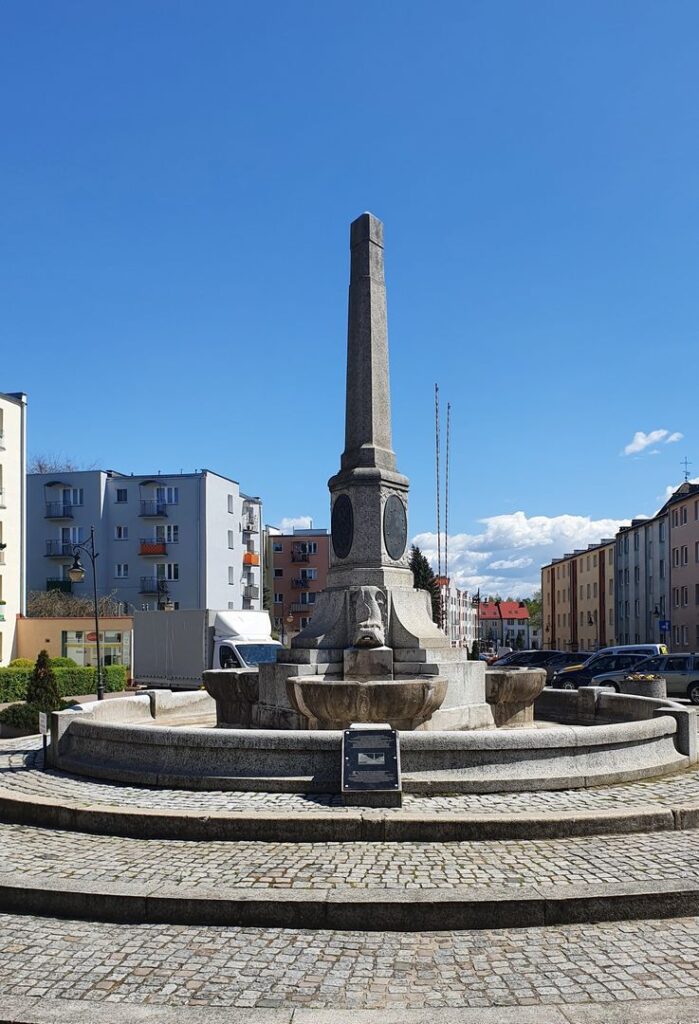
European Unity Monument
Before World War II, it was the so-called Fountain of the Three Emperors. The fountain was officially unveiled on August 19, 1907. It was dedicated to the three Prussian emperors: Wilhelm I (1797-1888), Frederick III (1831-1888) and Wilhelm II (1859-1941). They all reigned in 1888, hence the name of this period “Year of the Three Emperors”.
Originally, the fountain was in the shape of a granite obelisk, decorated with stylized stone fish and bronze plaques with portraits of the three emperors of Prussia. However, in early 1945 the images of the emperors were removed from the fountain, and in the 1960s the distinctive spire was also removed. In its place, a concrete sculpture of three mermaids whirling in dance has been installed.
On May 1, 2004, in line with Poland’s accession to the European Union, the obelisk was placed in its original shape and given the name of “The European Unity Monument”.
See on map
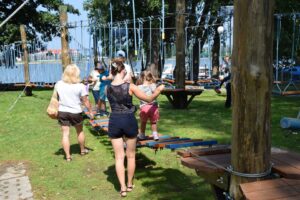
Family Activity Zone
This is a new recreation place on the map of Ostróda. The area is located on the waterfront of Lake Drwęckie on the Słowackiego Street. The zone includes a rope park, barbecue area, sunbeds, playground, water equipment, four-wheeled bicycles, city bikes and Segways.
See on map
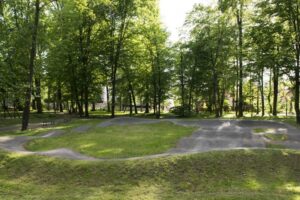
Collis’ Park
Collis’ Park is located right next to the soccer stadium. It features a gym, climbing wall, obstacle course, ramp, ping pong tables and areas to play mini soccer or basketball. Go-carts can also be rented on-site.
See on map
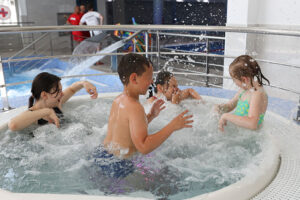
Aqua Ostróda
Aqua Ostróda is a modern recreation center that provides a wide range of attractions. A sports pool, jacuzzi with water massage and salt grotto await visitors. In addition, guests can also enjoy a rapid river and a recreational pool. The youngest can play safely in the paddling pool.
See on map

White Barracks
See on map
Historic churches
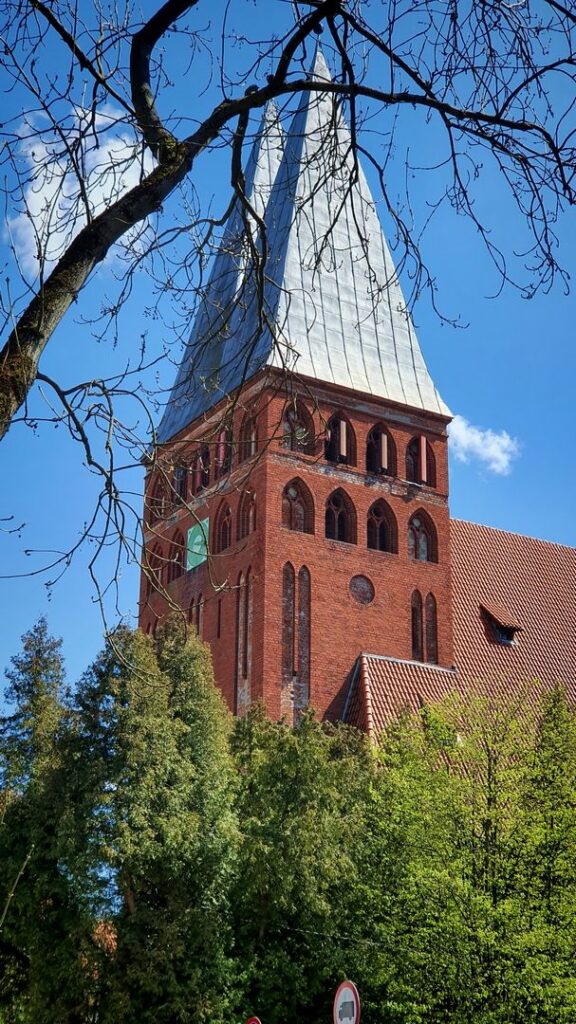
Evangelical Church
A neo-Gothic Evangelical Methodist Church from 1907. The church tower, to which 105 steps lead, provides a vantage point for viewing a panorama of the city; it also houses 3 bells (the largest with a diameter of 1.48m) and a clock mechanism.
See on map
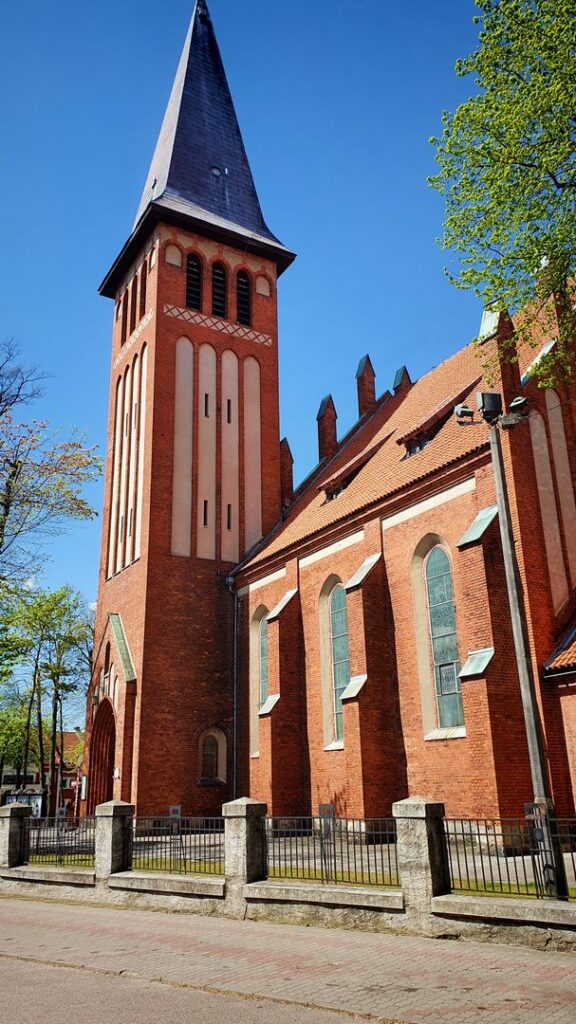
Neo-Gothic parish Immaculate Conception Church
Neo-Gothic church, built between 1856–1857, with the tower added in the early 20th century. Inside you can find a Gothic pietà dating back to 1400, an altar and ambo sculptures, a pipe organ, as well as many beautiful stained-glass windows.
See on map
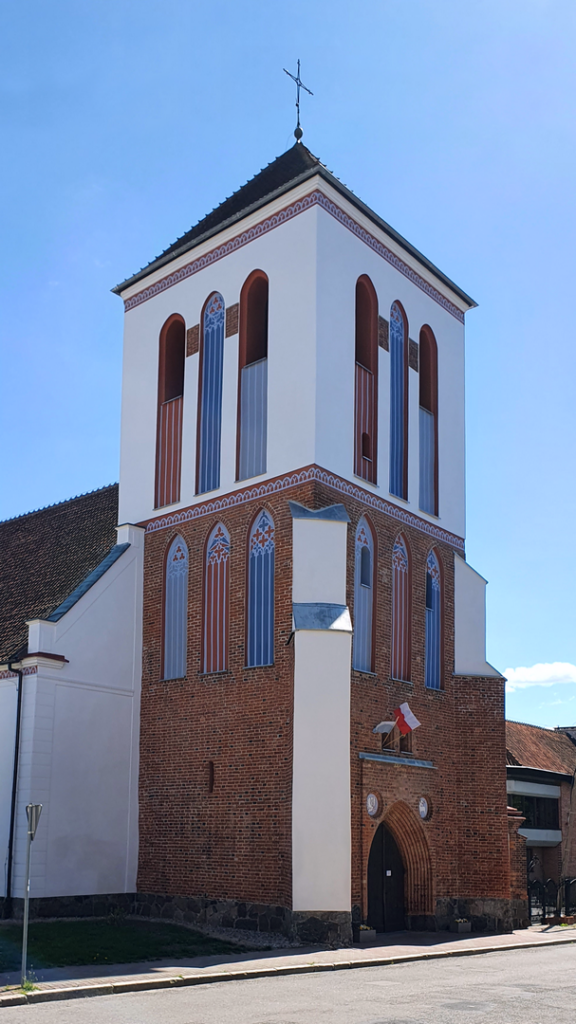
Kościół św. Dominika Savio
This is the oldest church in Ostróda. Originally, it was a Gothic Church dating back to the 14th century. It was extensively rebuilt after a fire in the 18th century and later after the damage done during WW2. You can still see the fragments of Gothic medieval walls and stone baptismal fonts, which have been preserved.
See on map
Events
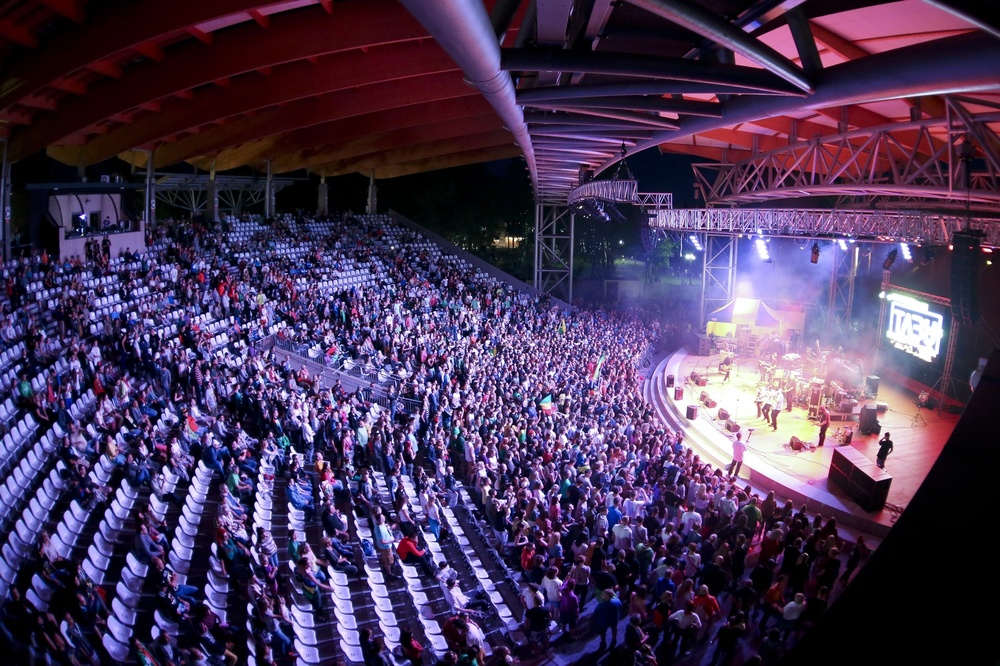
Days of Ostróda
Festival of the city of Ostróda, which is organized every year in summer. During the festival, there are many attractions for families with children, prepared by the city in cooperation with Partners.
The European Boulevard hosts animations, contests, exhibitions, recreational activities and the Amphitheater, in which concerts are held, features the most popular singers and bands from Poland, such as Roksana Węgiel, Sławomir, Kwiat Jabłonii, Grzegorz Turnau, Czerwone Gitary, Vox, Kayah and many more.
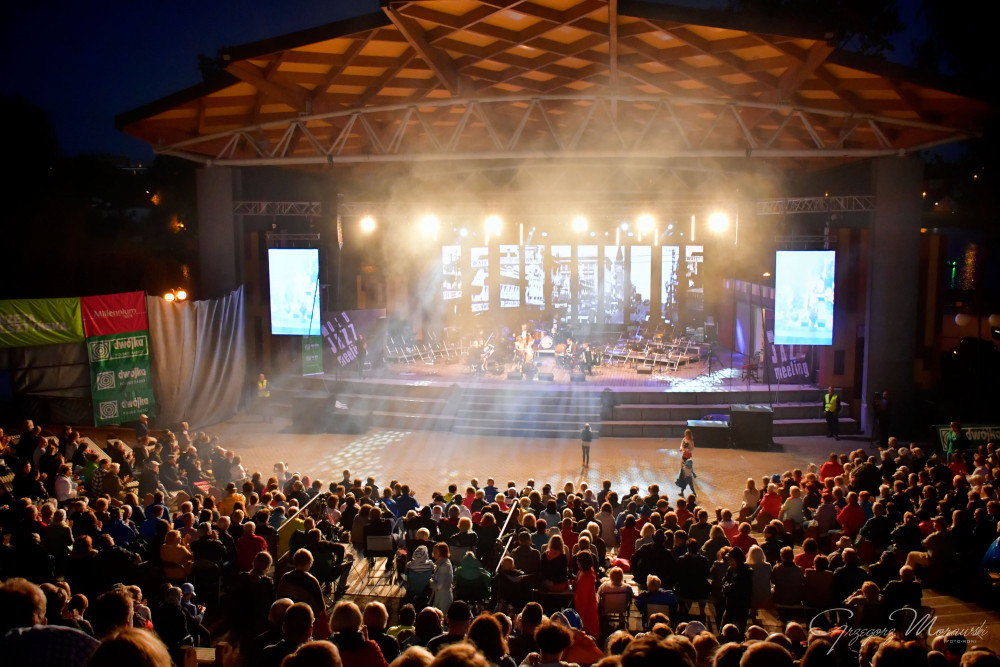
Ostróda Reggae Festival
The Ostróda Reggae Festival is the largest reggae music festival in Poland, which has been organized since 2001.
The festival’s origins trace back to 1983 when several employees of the City Community Center decided to organize concerts of young bands from Ostróda and the surrounding area under the name “Ost-Rock”.
The festival, thanks to its long history, has become a global brand, appreciated by fans and artists in many different parts of the world. Every year, crowds of tourists and fans of Jamaican rhythms gather under its stages to listen to reggae music.
